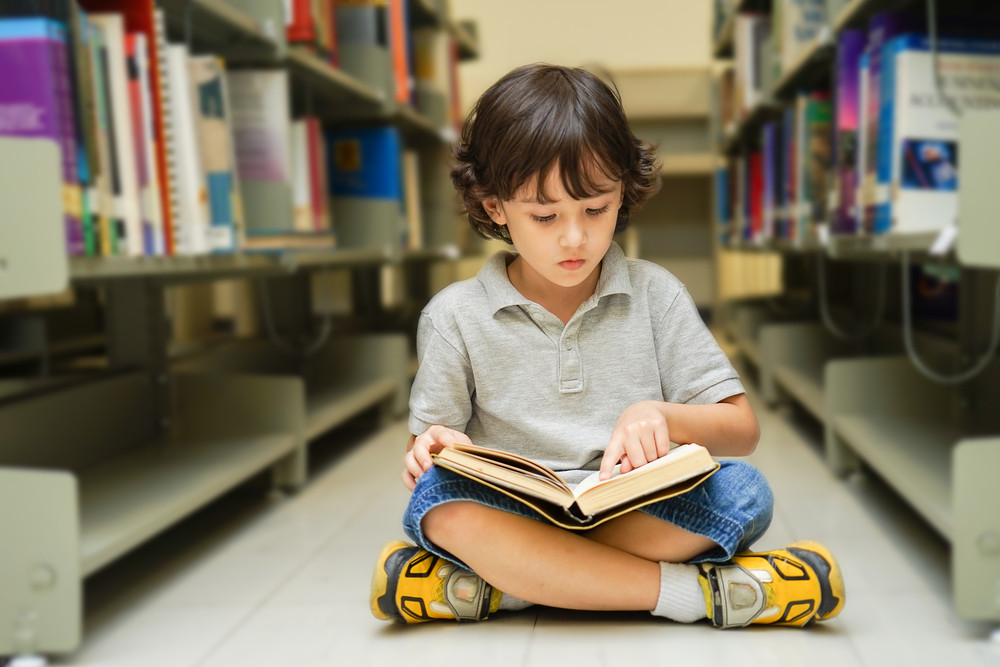Regular reading enriches a child’s life. Children learn about ethics and virtues from moral stories while biographies can inspire them to follow in the footsteps of their idols. Fictional books can stir their imagination and spur their creativity while non-fiction books can educate and entertain. Reading independently, especially, can benefit children by improving their reading proficiency. Read this post to learn more about the benefits of independent reading.
What is Independent Reading?
Independent reading is a practice where children read text with very little or no assistance from others. It involves children choosing books that they love to read. Since choice is an integral part of this practice, children can be motivated to read more.
Children can read voluntarily as a hobby or as part of their homework, and build their literacy. Teachers and parents can offer them guidance in choosing books according to their reading level, and in constructing responses to the text they read.
Independent reading is children’s reading of text — such as books, magazines, and newspapers — on their own, with minimal to no assistance from adults. It can consist of reading done in or out of school, including purely voluntary reading for enjoyment or assigned reading for homework. There are strong associations between independent reading and reading achievement, and many researchers believe that independent reading plays a key role in the development of reading fluency (speed and ease of reading), vocabulary, background knowledge, and even spelling. Not surprisingly, motivation also is associated with independent reading; children who are interested in and motivated to read tend to do more independent reading.
Suggestions for fostering independent reading
• Help children find books that they will enjoy, such as books on topics that interest them, different book series, books by a favorite author, and so on. School and public librarians can be valuable resources for information about books on different topics and about various book series.
• Make sure the book is not too difficult. If a particular book is of interest but just too hard for the child to read right now, read the book to him or her instead, and look for something easier for the child’s own reading.
• Over time, encourage children to explore a variety of types of text, such as nonfiction books, fiction books, magazines and newspapers, poetry, etc., as well as different topics.
• Seek out a range of reading materials from educational publishers that may enable low-achieving readers to read independently, including decodable books, leveled books, high-interest readers, and the like. Young poor readers will often respond enthusiastically to books they can read successfully.
Annagul BAYRAMOVA,
student at Magtymguly Turkmen State University.





Comments